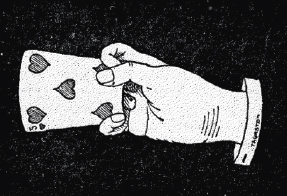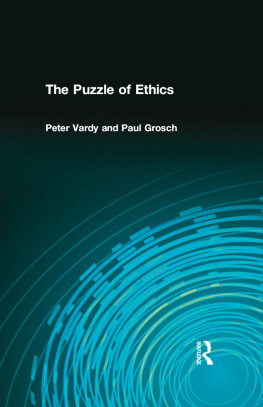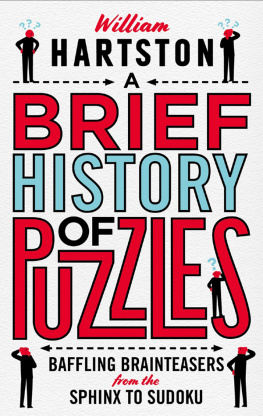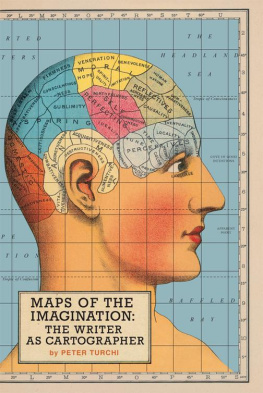


Published by Trinity University Press
San Antonio, Texas 78212
Copyright 2014 by Peter Turchi
All rights reserved. No part of this book may be reproduced in any form or by any electronic or mechanical means, including information storage and retrieval systems, without permission in writing from the publisher.
Book design ALSO
Trinity University Press strives to produce its books using methods and materials in an environmentally sensitive manner. We favor working with manufacturers that practice sustainable management of all natural resources, produce paper using recycled stock, and manage forests with the best possible practices for people, biodiversity, and sustainability. The press is a member of the Green Press Initiative, a nonprofit program dedicated to supporting publishers in their efforts to reduce their impacts on endangered forests, climate change, and forest-dependent communities.
The paper used in this publication meets the minimum requirements of the American National Standard for Information SciencesPermanence of Paper for Printed Library Materials, ANSI 39.481992.
ISBN 978-1-59534-194-5 ebook
CIP data on file at the Library of Congress.
18 17 16 15 14 5 4 3 2 1

This book is for Laura and Reed, for my mother and sister, and for my students
To watch these shifting forms fall into order and balancethere is no greater joy than this.
CAROLE MASO, The Art Lover
CONTENTS
Endlessly retyped, [the novel looked] at every stage like a jigsaw puzzle as they labored... bits and pieces of it taped to every available surface in Gottliebs cramped office. That, I thought, is editing.
MICHAEL KORDA, on editor Robert Gottliebs work with Joseph Heller on Catch-22
Every piece of writing is a kind of puzzle. This is true not only of a complex satirical novel but also of a Shakespearean sonnet, an autobiographical essay, a play or screenplay, a love letter, and an email to a colleague about a problem at work. Whom do we address? With what tone? How should we begin? What do we want the reader to think or feel or understand? Is it best to be direct or indirect, sincere or disarming? Should we start with a joke? A quotation?
There are many different kinds of puzzles, but generally speaking, a puzzle is an array of material or information that requires a solution. Lets say a woman has a job, she works hard, but at the end of the month she doesnt have enough money to pay her bills. Circumstances have presented her with a puzzle, a problem to solve. She could take on a second job, or stop eating out, or rob a convenience storeall possible solutionsbut instead she decides to write a letter to her employer asking for a raise. The composition of that letter is another puzzle. Should it be a demand or a request? How should she support her argument? Should she mention that shes paying her mothers medical bills? Its a large company, very professional, so she decides she should simply state the circumstances, offering a few highlights of her excellent work and its benefits to the company. She deliberates over whether to issue an ultimatum (More money, or off I go) or to acknowledge her employers perspective (These are difficult times, so if the budget wont allow it now, maybe next year?). She decides not to mention that she knows two less-experienced men in her office are being paid higher salariesnot yet, anyway. Has she chosen well, arranged all the pieces successfully? Shell know as soon as she gets her response.
A short story or novel is a different kind of puzzle; and it is more than a puzzle.
The composition of a story is a puzzle for the writer, whose job is to decide what to include, what to exclude, and how to organize the parts. The problem is compounded by the fact that, as fiction writers, we begin to write without knowing precisely what were trying to create. The work continually changes form, and emphasis, and purpose. Characters disappear, new characters are added; some scenes grow longer, others are reduced to summary. A pocket watch that just happened to be in a dresser drawer suddenly seems to indicate something larger. We cant truly solve the puzzle, or arrange the words and sentences and characters and events most effectively, until we finally feel confident that we understand what were trying to create.
But while composing a piece of fiction is like assembling a puzzle, the finished work is not presented by the writer as a puzzle for the reader to solve. There may be puzzles within the story, elements of plot or character or imagery or meaning that require the readers active participation, but the story as a whole is not a problem with a solution. Like Ariadnes thread allowing Theseus to journey intoand safely out ofthe mythical labyrinth, a story means to lead the reader somewhere. But the destination isnt a monster, or a pot of gold, or a bit of wisdom. Instead, the destination is somethingor several thingsto contemplate. The best stories and novels lead the reader not to an explanation, but to a place of wonder. How do we know that? Because the books and stories and poems that mean the most to us are the ones we want to read again, to reexperience and reconsider.

Magic is an art very closely related to poetry. The poet manipulates words, and the magician manipulates objects. We are transcending reality in order to produce something poetic, something beautiful, something interior.
SPANISH MAGICIAN JUAN TAMARIZ
The word magic is commonly used to refer both to a ritualized performance with a long history (the ancient Greeks wrote about magi, or magicians) and, more vaguely, to something transcendent that the speaker either cant or would rather not explain (That night in Venice was magic, just plain magic). The history of magic is richly populated with scientists and mathematicians, inventors and entertainers, gamblers, thieves, and con men. Professional magicians tend not to refer to what they do as tricks, since that implies gimmickrya trap door, a hollow pencil, a coin with a hole drilled through its center. The preferred term is illusion, which can apply to effects facilitated by a mechanical device (a trap door, a hollow pencil, a drilled coin) as well as to those facilitated by skill and practice (a playing card palmed on the back of the hand, a deck cut to the exact same card ten times out of ten), and to those facilitated by surprising scientific and mathematical principles. Many card tricks are based on simple but non-obvious math.
THE FRONT AND BACK HAND PALM

To begin with, the card is held between the tips of the middle finger and thumb.

Next page











